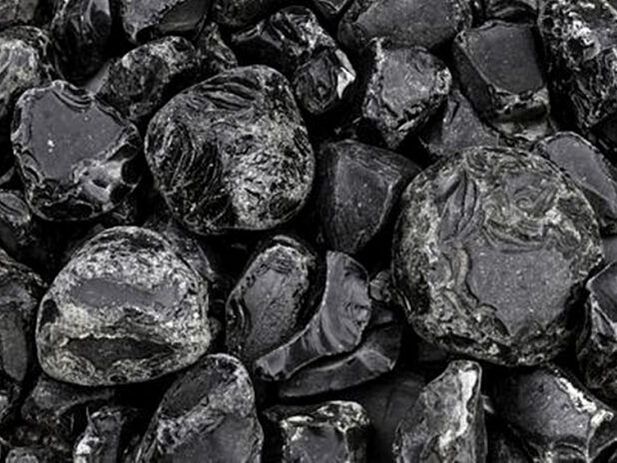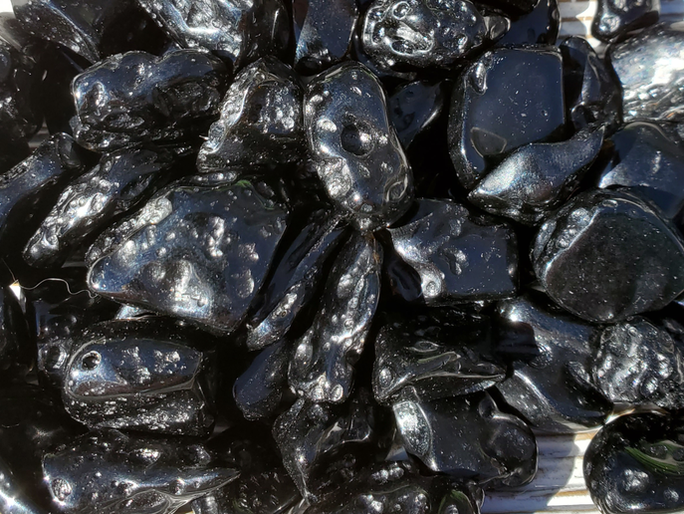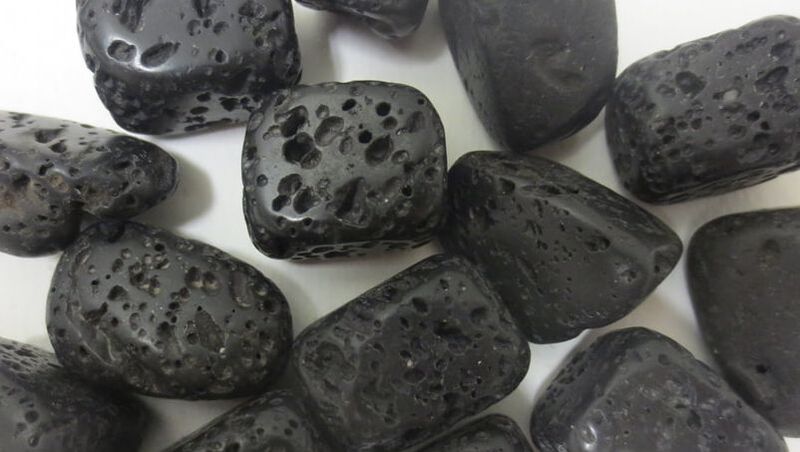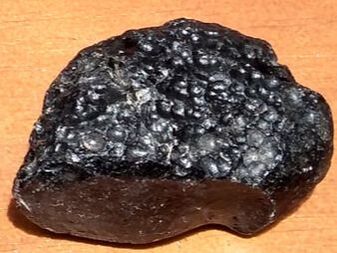|
I recently learned that some Crystal Comrades have difficulty distinguishing Black Tektite and Black Obsidian. I immediately understood why this might be. In this article I'll guide you in how you can differentiate these two forms of glass from one another. Also, worth mentioning is lava rock, which will be discussed below. Let's talk similarities first. Both of these (black obsidian and black tektite) are a shiny deep black color and are lightweight. This is due to the substance we're discussing being glass, which is much lighter than stone or crystalline forms. They are formed when heat melts material from the Earth's crust and then cools down forming pockets of Obsidian or areas of Tektite. The way these are created is only similar in basic definition. Obsidian is entirely formed by the Earth. Molten material (lava, for example) from the Earth's crust cools rapidly. This rapid cooling does not allow the atoms to crystallize leaving it an amorphous material. Thus it is a mineraloid, a volcanic glass that is a bit harder than window glass. Tektite, on the other hand, was formed when a meteorite impacted the Earth's surface causing crust material to fly up into the atmosphere where it is heated on re-entry. As it returns to the surface of the Earth it is cooled which creates glassy formations with pockmarks. They can take a variety of shapes from spheres, teardrops, dumbbells, disks, and rods, as well as layered forms. Most of what we find on the market for metaphysical collectors are small, under 300 grams (10 ounces), but layered forms can be as much as 30 pounds or more. Generally speaking, however, what you see in the upper right image is the typical size you'll find. Black Obsidian is smooth in some areas and irregular in others, while Black Tektite can be smooth, but with pockmarks, pit-like indentions. Obsidian does not have pockmarks. Both of these can be cleaned and polished to reveal a very shiny material. If you're holding a fairly smooth tektite and comparing it to obsidian, they would look quite similar and differentiation would be a challenge. Tektite are found in areas called the strewn field, an area in which a meteorite, comet or asteroid is suspected to have impacted the Earth. The trick is that a strewn field is HUGE. Indochinite tektites, which are black in color, come from the East from Australia as far north as Southern China, and possibly Western Canada (think about Pangea). Black Tektites can be from North America, as well. Black Obsidian is found in many parts of the world where volcanic activity exists: "Argentina, Canada, Chile, Ecuador, Greece, Guatemala, Hungary, Iceland, Indonesia, Italy, Japan, Kenya, Mexico, New Zealand, Peru, Russia, United States, and many other locations" where volcanic activity is recent. "In the United States it is not found east of the Mississippi River, as there is no geologically recent volcanic activity there. In the western US it is found at many locations in Arizona, California, Idaho, Nevada, New Mexico, Oregon, Washington, and Wyoming. Most obsidian used in the jewelry trade is produced in the United States." (1, King) As I'm writing this article, I'm thinking of other stones which may be confused with Black Obsidian and Black Tektite. The only one that comes to mind is lava rock, like those used in jewelry which are porous and often used to hold essential oils. They are black with a porous surface that could look similar to black tektite. And, if you thought to yourself, "isn't obsidian a type of lava rock?" you'd be right. Lava is a term for a particular form of molten material. Let's compare some images... With tektites, what you are looking for are small sizes (less than 10 ounces/300 grams), smooth and pockmarked surfaces, for the most part. There are other shapes associated with tektites. With lava rocks, the pores on the surface tend to be deeper than the pockmarks of the tektite. And, obsidian tends to be smooth or irregular at the surface, but without pores or pockmarks. All of these are lighter in weight than crystals and most stones. My recommendation is to educate yourself further on these if you are seeking a piece for a particular purpose. For stone and crystal identification use geology sites and books to determine the particular physical characteristics. Use metaphysical sites ad books for learning the energetic properties of the stones you seek. See our article on distinguishing sodalite and lapis lazuli. Watch our video on Tetktite & Meteorite (click here) Sources:
1) King, Hobart M. “Obsidian: What Is Obsidian, How Does It Form, and What Is It Used For?” Geology, https://geology.com/rocks/obsidian.shtml. 2) “Obsidian: Volcanic Glass.” Edited by Encyclopedia Brittanica, Encyclopædia Britannica, Encyclopædia Britannica, Inc., https://www.britannica.com/science/obsidian. 3) Horne, B. (2019, March 2). What is the composition of a lava rock? Sciencing. Geology. Retrieved March 29, 2022, from https://sciencing.com/composition-lava-rock-8067279.html 4) Virgil E. Barnes, “Tektites,” Handbook of Texas Online, accessed March 29, 2022, https://www.tshaonline.org/handbook/entries/tektites.
0 Comments
|
Details
AuthorChrissy & Tara share from their experience and knowledge to bring self awareness and growth to those who seek it. Categories
All
Archives |







 RSS Feed
RSS Feed